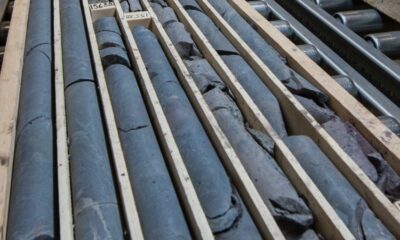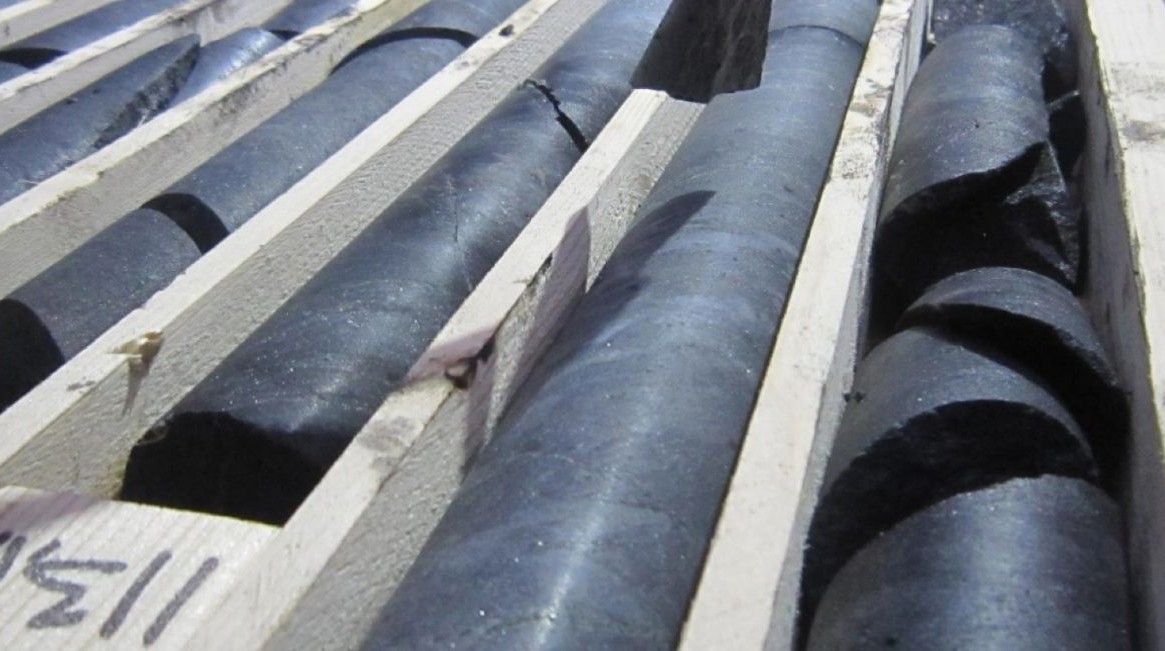Nyheter
We have talked to Beowulf Mining about the works programme in Kallak
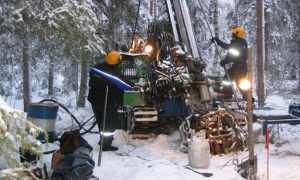 On Wednesday 14 December, there have been a lot of rumors that have questioned the survey state that the British exploration company Beowulf in Jokkmokk in northern Sweden. To clarify this, we have both spoken to the company’s technical director, Jan-Ola Larsson and with the Mountain State where Bergmästare Åsa Persson has helped to clarify.
On Wednesday 14 December, there have been a lot of rumors that have questioned the survey state that the British exploration company Beowulf in Jokkmokk in northern Sweden. To clarify this, we have both spoken to the company’s technical director, Jan-Ola Larsson and with the Mountain State where Bergmästare Åsa Persson has helped to clarify.
Q What has happened to your works programme:
We have been transferring the Licences from the English company Beowulf Mining plc to its Swedish subsidiary Beowulf Mining AB. This is so that it can gain an exploitation Licence, as required under Swedish law, but more importantly the AB will be the operating company in Sweden, with Swedish staff and drilling and analysing Swedish iron ore. During this process a works programme for one of our Kallak Licences, Kallak 1 was not sent in, though this oversight has now been rectified. Kallak 1 will only have 22% of our planned drilling campaign in all of the Kallak area. We retain ownership of the Licence and the now submitted works programme will only slightly delay our plans on this part of the project.
Q: So what are you doing:
Our first rig, ”Annie”, is planned to be moved around 2,500 metres south to another Licence we have, Parkejaure nr2 where it will start the already planned drilling. It is also being joined by our second, deep metre drilling rig ”Big Bertha, which will also start in that area. We have submitted our works programme for the Kallak 1 area and hope to have that in place by the start of 2012. We have had confirmation of this process and our position from the Mining Inspectorate.
Q: So what is the operational impact:
Well an oversight is embarrassing though we are fortunate to have alarge area to drill in the Kallak area and already had, following discussions with Geovista, target holes we had planned to drill in the next few weeks. As such there is no real operational delay
Q: Why are you accelerating the drilling campaign at Kallak:
We want to increase the initial JORC Resource we have for this project as soon as possible so that we can move to production as soon as possible. Most can see the benefits of a mine in the area which could employ 300 workers directly and which could, in-turn, lead up to a further 600 being indirectly employed. We listen to all sides of the argument on mining but believe that the merits of this project are very strong on all levels. We also believe a completed works programme will support this view.
The email below is from the Swedish Chief Mine Inspector.
On Wed, Dec 14, 2011 at 4:55 PM, Åsa Persson wrote:
Kallak 1
There is an exploration permit which is valid until the 28th of June 2012.
No workplan has been presented concerning 2011 or thereafter
A new workplan for fieldwork has however been received today.
Parkijaur 2
There is an exploration permit which is valid until the 18th of January 2013.
A workplan was sent to Bergsstaten (The Mining Inspectorate of Sweden) on the 11th of November 2011. According to the workplan exploration field work will be carried out until the end of May 2012.
The approval by Bergsstaten is not needed if there are no objections against the workplan from landowners and other stake holders within 3 weeks from taking part of the plan. If there are objections the exploration company can apply for the approval of Bergsstaten (very very uncommon). In this case they have not.
/ Åsa Persson
*******************************************************
Åsa Persson, bergmästare / Chief Mine Inspector
Bergsstaten
Varvsgatan 41
972 32 Luleå
Nyheter
USA ska införa 50 procent tull på koppar
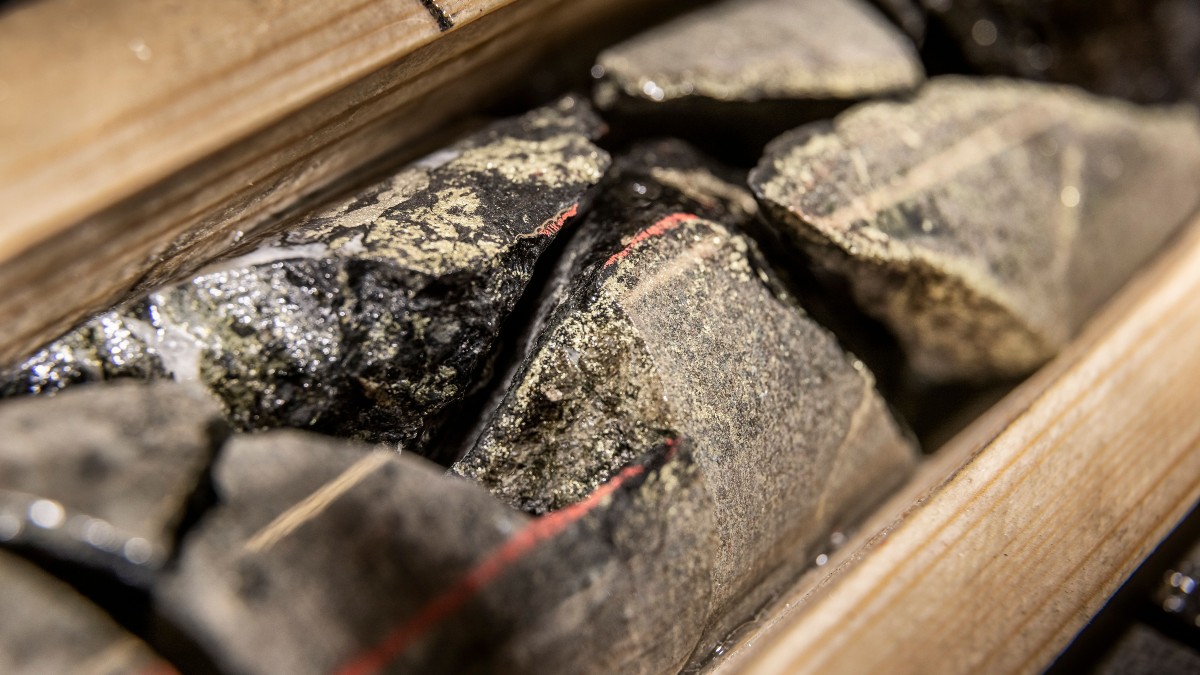
USA:s president Donald Trump har precis meddelat att landet ska införa en tull på 50 procent på basmetallen koppar. Priset på råvarubörsen i USA stiger omgående med 10 procent.
USA har viss inhemsk produktion av koppar, men den inhemska efterfrågan överstiger produktionen. Därför måste landet importera koppar för att täcka behovet, särskilt för användning inom elnät, elektronik, byggindustri och fordonssektorn. De största exportörerna till USA är Chile, Kanada, Mexiko och Peru.
När tullar av denna typ införs uppstår prisskillnader i världen. Handlar man koppar på börsen är det därför viktigt att veta vilken börs man handlar på eller om man använder certifikat så är det viktigt att veta vilka underliggande värdepapper de följer.
Sedan är det som alltid med Trump, begreppet är som bekant TACO, Trump Always Chickens Out. Man ska alltså inte ta några definitiva stora beslut baserat på vad han säger. Saker och ting kan ändra sig från dag till dag.
Nyheter
Ryska staten siktar på att konfiskera en av landets största guldproducenter
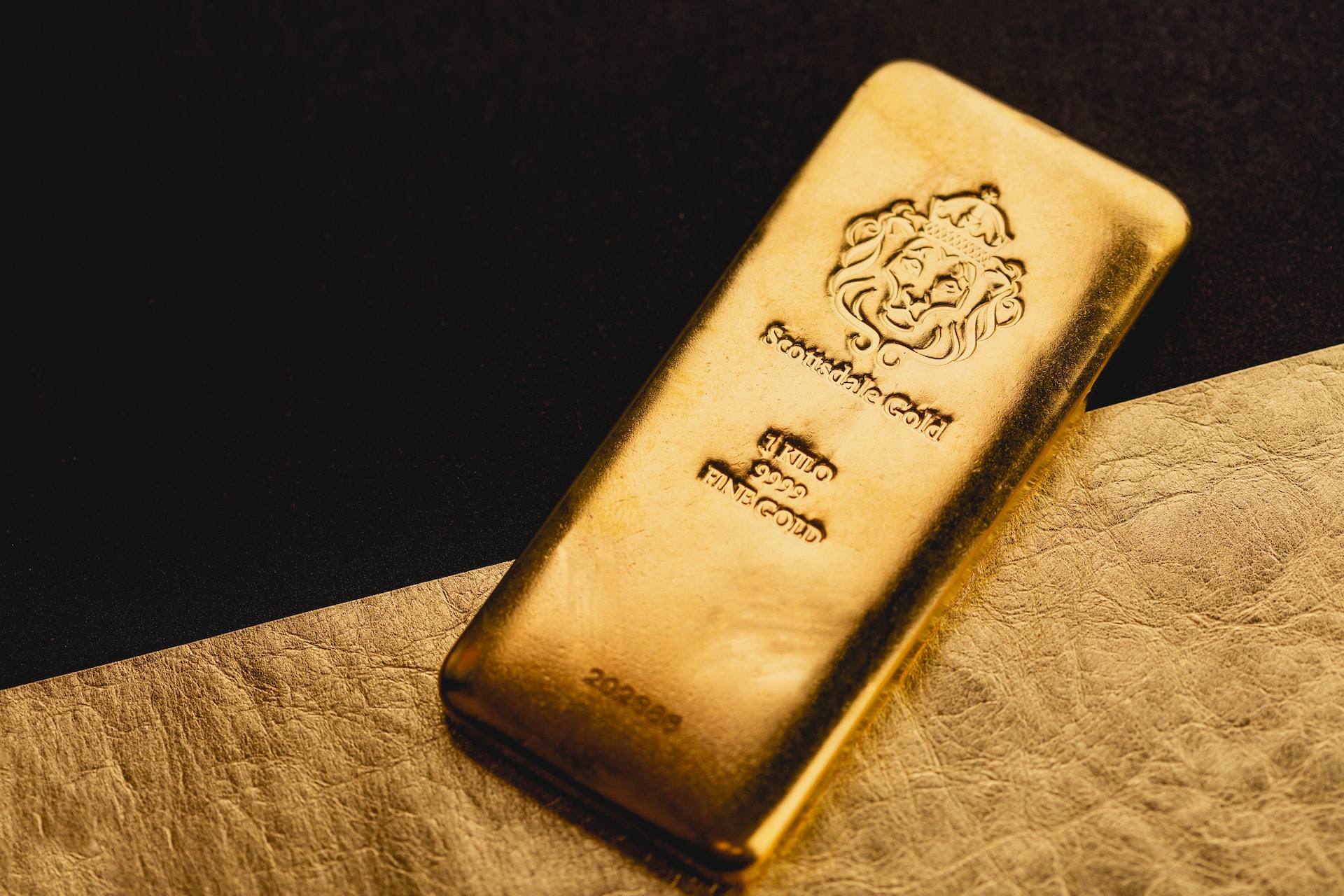
En våg av panik sprider sig bland Moskvas elit sedan Vladimir Putins regim inlett en dramatisk offensiv för att beslagta tillgångarna hos Konstantin Strukov – en av Rysslands rikaste affärsmän och ägare till landets största guldgruvföretag, Yuzhuralzoloto. Åtgärden ses som ett tydligt tecken på hur långt Kreml är villigt att gå för att säkra ekonomiska resurser i takt med att kostnaderna för kriget i Ukraina stiger.
Strukovs förmögenhet, som uppskattas till över 3,5 miljarder dollar, byggdes upp under decennier i nära relation med maktens centrum i Ryssland. Men den 5 juli stoppades hans privatjet från att lyfta mot Turkiet. Enligt flera ryska medier deltog den federala säkerhetstjänsten FSB i ingripandet, och Strukovs pass beslagtogs. Händelsen ska vara kopplad till en omfattande rättsprocess där åklagare kräver att hela hans företagsimperium förverkas – med hänvisning till påstådd korruption och användning av skalbolag och familjemedlemmar för att dölja tillgångar.
Företaget själva förnekar att något inträffat och kallar rapporteringen för desinformation. De hävdar att Strukov befann sig i Moskva hela tiden. Trots det bekräftar rättsdokument att både han och hans familj förbjudits att lämna landet, och att myndigheterna snabbt verkställt beslutet.
Det som nu sker är en del av ett större mönster i ett Ryssland präglat av krigsekonomi: staten tar tillbaka kontrollen över strategiska sektorer som guld, olja och försvarsindustri – industrier som nu allt mer mobiliseras för att finansiera och stödja krigsinsatsen. Intressant nog handlar det inte om att Strukov ska ha varit illojal mot regimen – tvärtom har han varit en lojal allierad, med politiska uppdrag knutna till Putins parti. Men lojalitet räcker inte längre som skydd.
Medan tidigare utrensningar ofta riktade sig mot krigskritiker eller de som flydde landet, drivs dagens tillgångsövertaganden av något mer fundamentalt: ekonomisk nöd. De växande sanktionerna har nästan helt strypt inflödet av utländskt kapital. Statens oljeintäkter minskar och budgetunderskotten växer. Putins lösning är att vända sig inåt – till de oligarker han själv lyfte fram – för att fylla statskassan.
Det här är inte ett enskilt fall. På senare tid har flera framstående affärspersoner hamnat i plötsliga rättsliga tvister, omkommit under mystiska omständigheter eller sett sina bolag tas över av staten. Den oskrivna överenskommelsen som länge gällde i Putins Ryssland – rikedom i utbyte mot lojalitet – håller på att kollapsa.
Den 8 juli väntar en rättsförhandling som kan avgöra framtiden för Strukovs affärsimperium. Men budskapet till Rysslands näringslivselit är redan tydligt: ingen är för rik, för lojal eller för nära den politiska makten för att gå säker. I ett Ryssland där kriget kräver allt större uppoffringar riskerar oligarker att snabbt förvandlas till måltavlor.
Nyheter
Hur säkrar vi Sveriges tillgång till kritiska metaller och mineral i en ny geopolitisk verklighet?

När världsläget förändras ställs Europas beroende av metaller och mineral på sin spets. Geopolitiska spänningar, handelskonflikter och ett mer oförutsägbart USA gör att vi inte längre kan ta gamla allianser för givna. Samtidigt kontrolleras en stor del av de kritiska råvarorna vi är beroende av av andra makter – inte minst Kina. Vad händer med Sveriges industriella förmåga i ett läge där importen stryps? Hur påverkas försvarsindustrin av Kinas exportrestriktioner? Är EU:s nya råvarupolitik tillräcklig för att minska sårbarheten – eller krävs ytterligare statliga insatser och beredskapslagring? Svemin anordnade den 25 juni ett seminarium som bestod av bestod av deltagare från myndigheter, politik och industri. Man diskuterar Sveriges och EU:s strategiska vägval i en ny global verklighet – och vad som krävs för att säkra tillgången till metaller när vi behöver dem som mest.
-

 Nyheter4 veckor sedan
Nyheter4 veckor sedanUppgången i oljepriset planade ut under helgen
-

 Nyheter3 veckor sedan
Nyheter3 veckor sedanMahvie Minerals växlar spår – satsar fullt ut på guld
-

 Nyheter4 veckor sedan
Nyheter4 veckor sedanLåga elpriser i sommar – men mellersta Sverige får en ökning
-

 Nyheter2 veckor sedan
Nyheter2 veckor sedanOljan, guldet och marknadens oroande tystnad
-

 Nyheter2 veckor sedan
Nyheter2 veckor sedanJonas Lindvall är tillbaka med ett nytt oljebolag, Perthro, som ska börsnoteras
-

 Analys4 veckor sedan
Analys4 veckor sedanVery relaxed at USD 75/b. Risk barometer will likely fluctuate to higher levels with Brent into the 80ies or higher coming 2-3 weeks
-

 Analys3 veckor sedan
Analys3 veckor sedanA muted price reaction. Market looks relaxed, but it is still on edge waiting for what Iran will do
-

 Nyheter2 veckor sedan
Nyheter2 veckor sedanDomstolen ger klartecken till Lappland Guldprospektering




